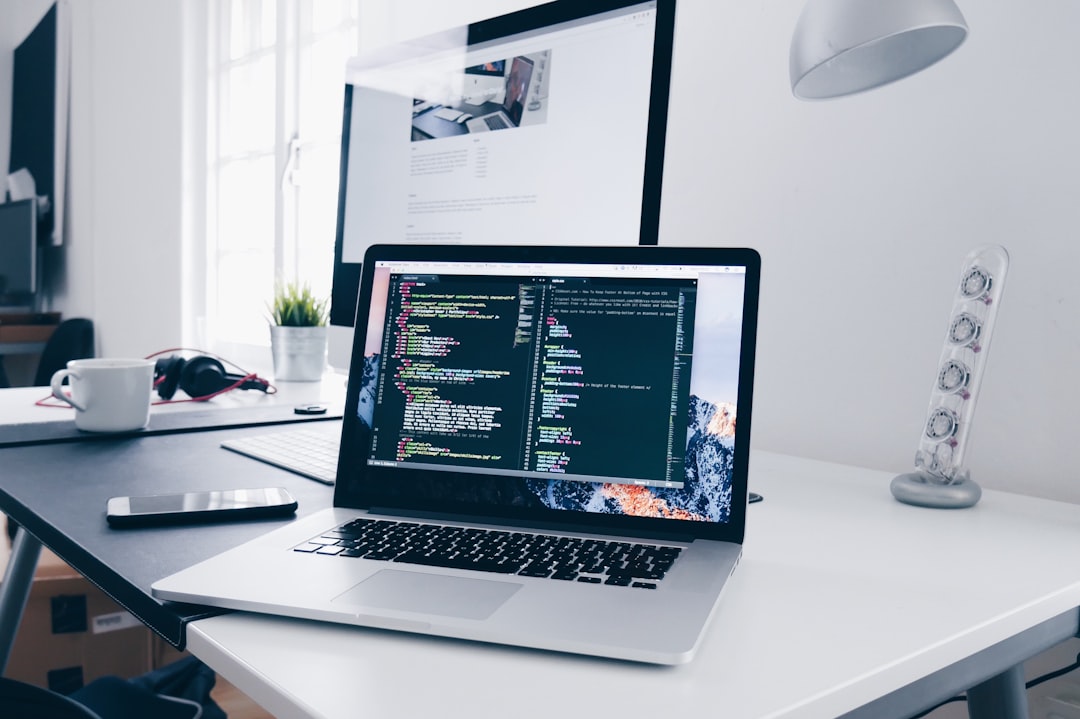Introduction
In today’s digital age, our lives are overflowing with information, files, emails, and notifications. While technology offers incredible convenience, it also brings the challenge of digital clutter. A cluttered digital life can lead to stress, decreased productivity, and even feelings of overwhelm. The good news is that just like you can declutter your physical space, you can also declutter your digital life. This guide will provide practical tips and strategies to help you manage files, emails, and notifications effectively, creating a calmer and more organized digital environment.
Taming the File Monster: Organizing Your Digital Files
A well-organized file system is the foundation of a clutter-free digital life. It makes it easier to find what you need, when you need it, saving you time and frustration. Here’s how to get started:
1. Choose a File Structure
Select a file organization system that makes sense to you. Popular methods include:
- By Category: Group files into broad categories like “Work,” “Personal,” “Finance,” etc.
- By Project: Ideal for work or creative endeavors, create folders for each project with relevant subfolders.
- By Date: Useful for files like receipts or tax documents, organize them by year and month.
2. The Power of Naming Conventions
Don’t underestimate the importance of clear and consistent file names. Use descriptive names that make it easy to identify the file’s contents. For example, instead of “Document1.docx,” use “Project Proposal – Client Name – 2023-10-26.docx”.
3. Embrace the Cloud (Strategically)
Cloud storage services like Google Drive, Dropbox, or OneDrive offer convenient ways to store files, sync across devices, and collaborate. Choose a service that fits your needs and storage limits.
4. Regular Digital Cleaning
Just like you wouldn’t let clutter pile up in your home, make digital cleaning a regular habit. Delete unnecessary files, move outdated items to an archive folder, and review your file structure periodically to ensure it’s still serving you well.
Conquering Email Overload: Tips for a Streamlined Inbox
For many, email is a major source of digital clutter and stress. According to a study by McKinsey, the average worker spends 28% of their workweek managing email. These tips can help you regain control:
1. Unsubscribe from the Noise
Take a few minutes to unsubscribe from newsletters, promotional emails, and other subscriptions you no longer read. Use tools like Unroll.me to mass unsubscribe from unwanted emails.
2. Master Your Inbox with Filters and Rules
Most email providers offer filters and rules to automate email organization. Set up rules to automatically sort incoming emails into specific folders based on sender, subject, or keywords. For example, have emails from your boss automatically flagged as important or newsletters sent to a designated “Reading” folder.
3. The Two-Minute Rule
Popularized by productivity expert David Allen, the two-minute rule is simple: if you can respond to an email in two minutes or less, do it immediately. If it takes longer, add it to your to-do list to tackle later.
4. Schedule Dedicated Email Time
Resist the urge to constantly check your email throughout the day. Instead, schedule designated times to process your inbox, such as once in the morning and once in the afternoon. This helps you focus on other tasks and reduces distractions.
Taming Notifications: Reclaiming Your Focus
Constant notifications can be a major source of distraction and can significantly impact productivity. A study by the University of California Irvine found that it takes an average of 23 minutes and 15 seconds to refocus on a task after being interrupted.
1. Audit Your Notifications
Take inventory of all the apps and services that send you notifications. Do you really need to be notified about every like on social media or every new email that comes in? Disable notifications for non-essential apps.
2. Customize Notification Settings
For apps you choose to keep notifications enabled, explore customization options. Set quiet hours, create notification summaries, or choose to only be notified about priority messages.
3. Designate Tech-Free Zones
Create boundaries between your personal and digital life. Designate specific areas, such as your bedroom or dining table, as tech-free zones. This allows you to disconnect and recharge without digital distractions.
Conclusion
Decluttering your digital life is an ongoing process, but the rewards are well worth the effort. By implementing these strategies for managing files, emails, and notifications, you can reduce stress, improve focus, and create a calmer, more organized digital environment that supports your productivity and well-being. Remember that technology should serve you, not control you. Take charge of your digital life and experience the benefits of a clutter-free digital space.
